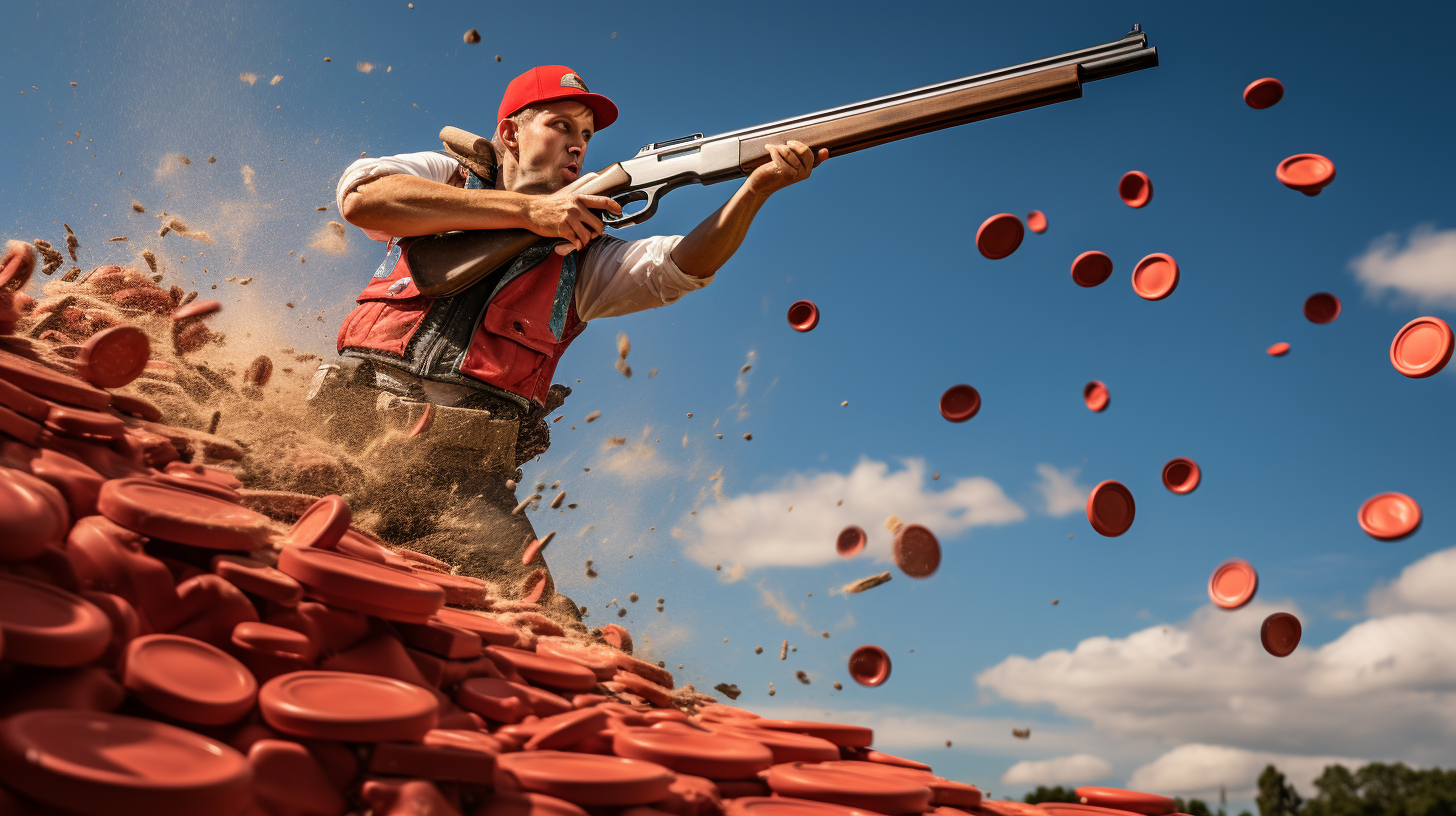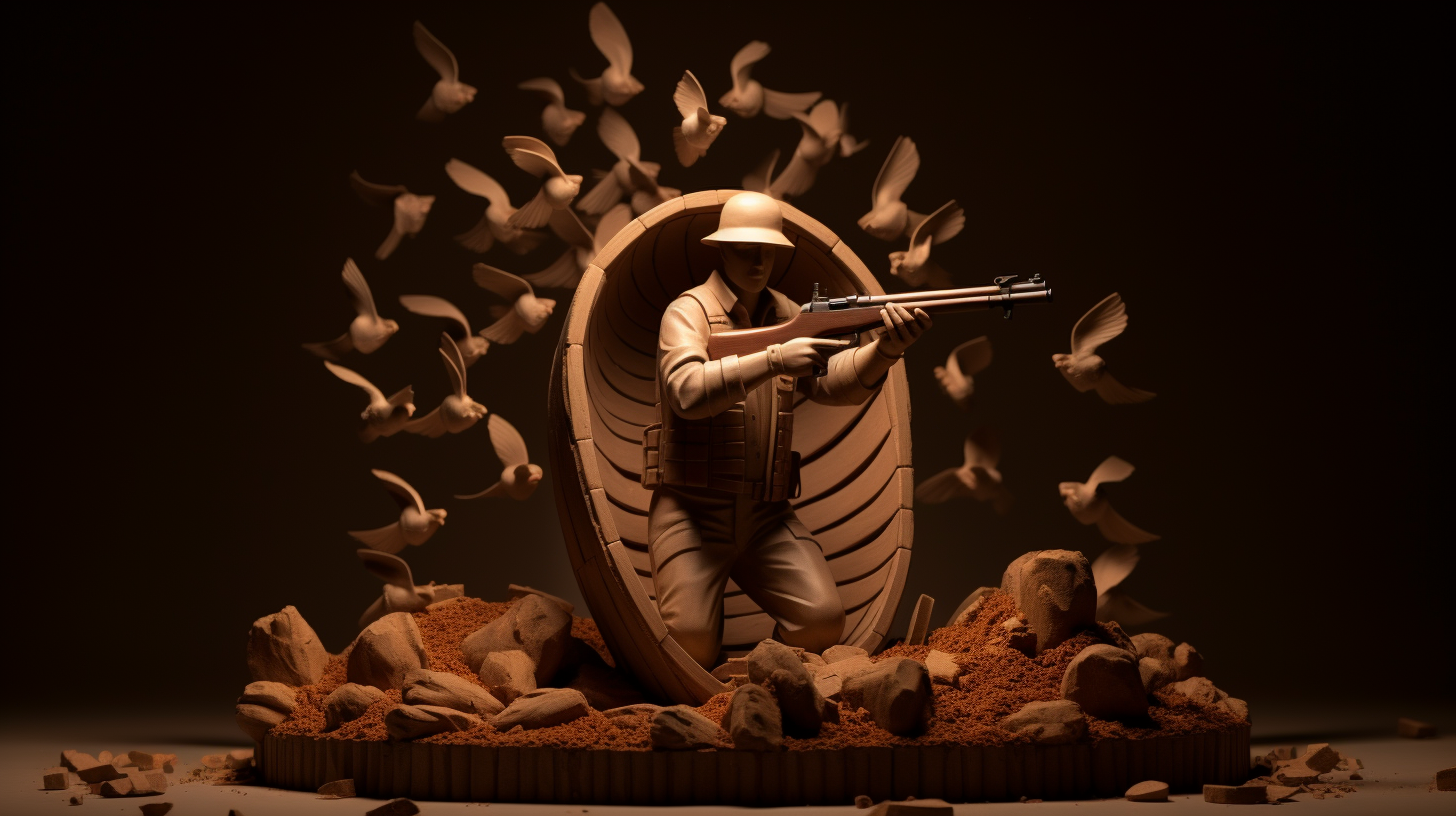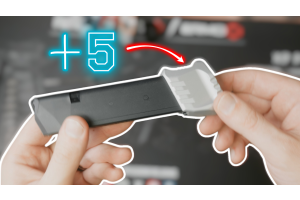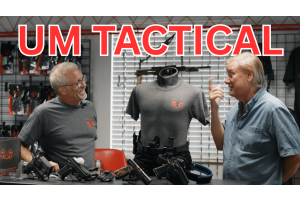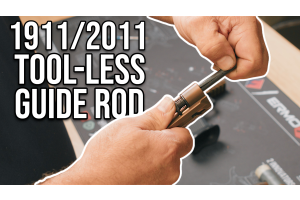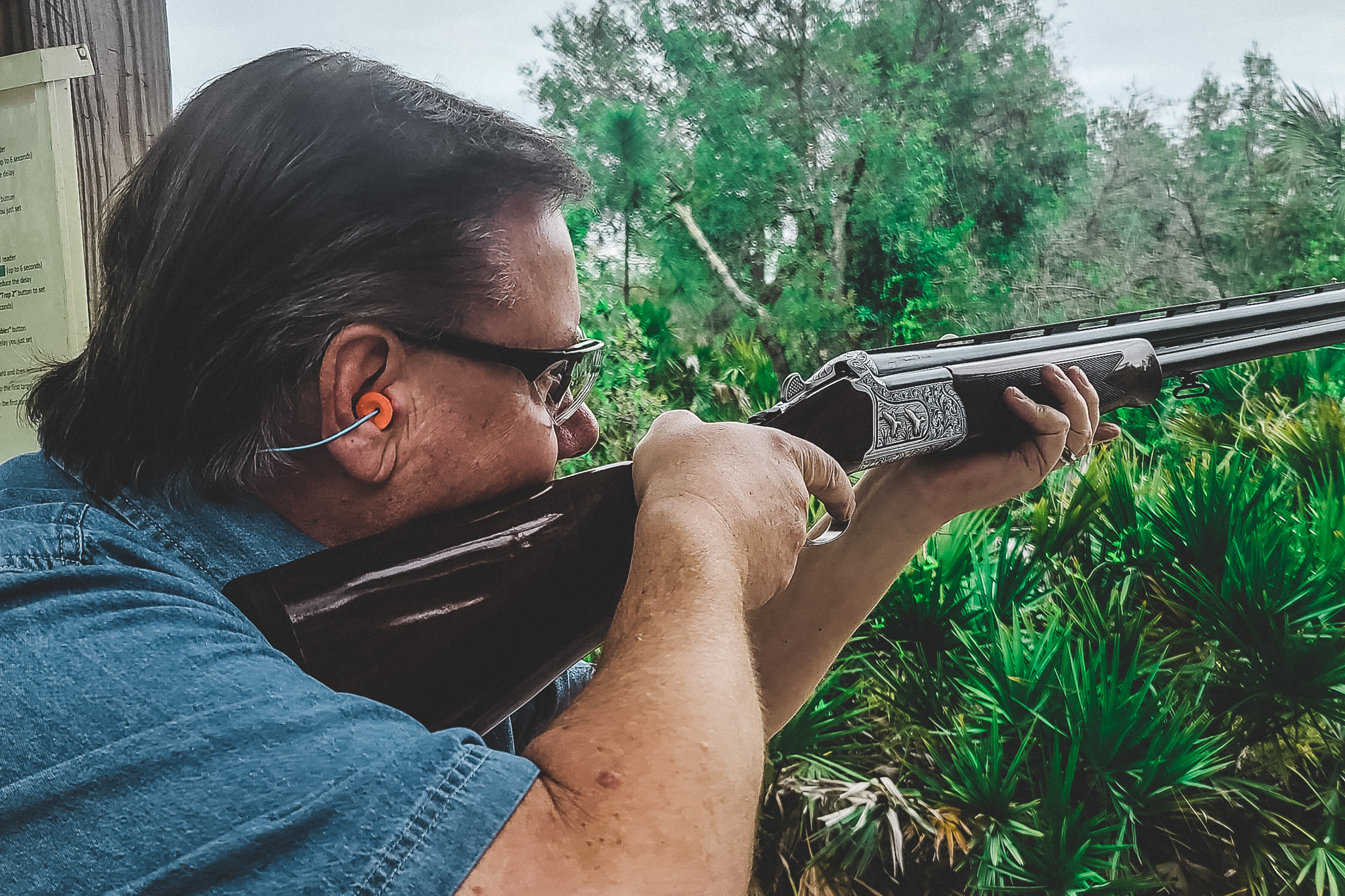
Understanding Sporting Clays: The Basics of the Sport
0%
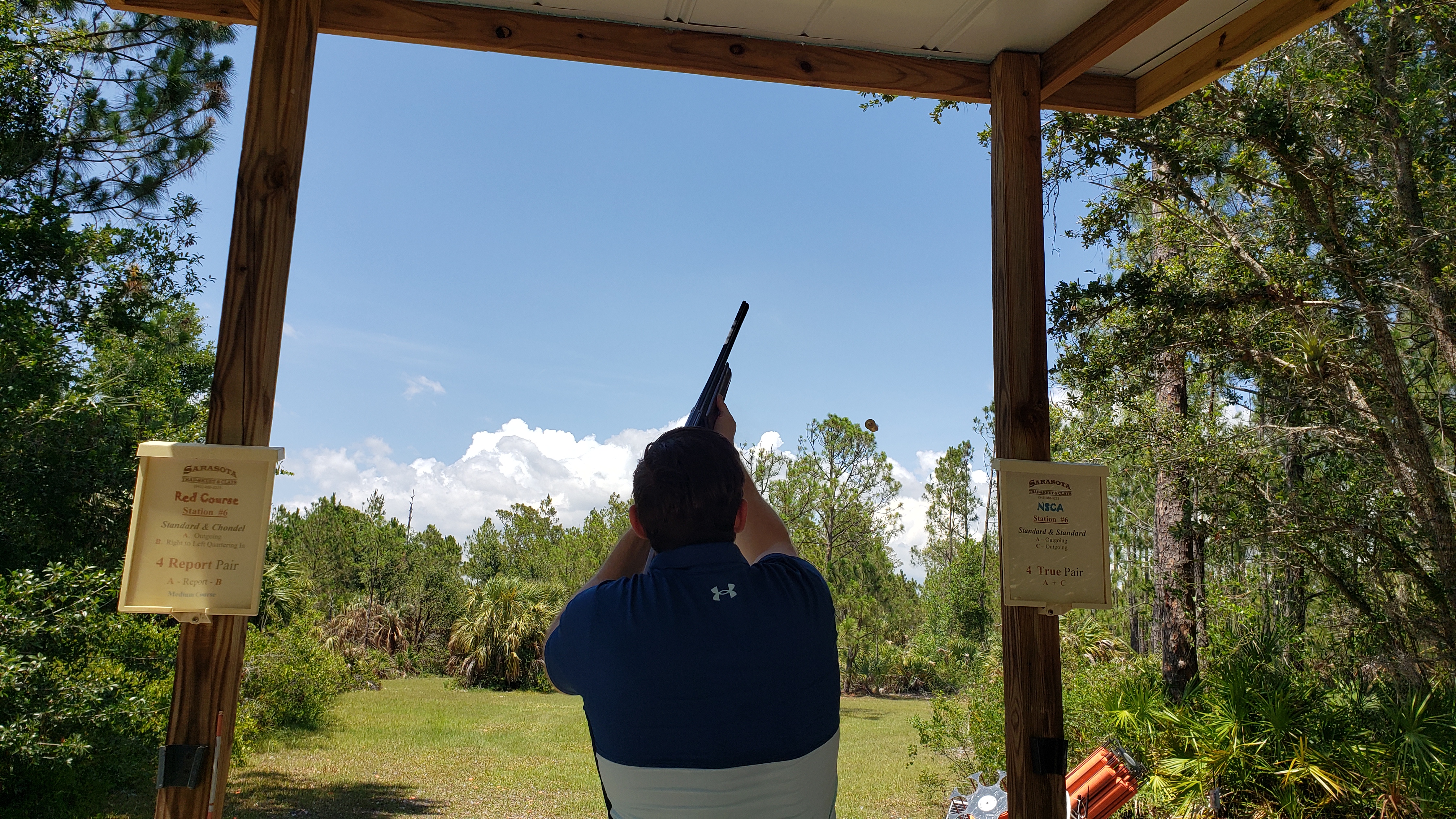
Sporting clays, often referred to as “golf with a shotgun,” is a thrilling and challenging shooting sport that simulates hunting scenarios. For those who have never tried it, this guide will provide an excellent introduction, covering everything from its origins and equipment to rules and tips for new shooters. Let’s dive in and discover why sporting clays has become such a popular sport for both beginners and experienced shooters alike.
Short Summary
- Sporting Clays is a challenging sport that involves simulated hunting scenarios and shooting stations to test skills.
- It has experienced growth due to its appeal to both beginners and experts, as well as its connection with hunting.
- Proper equipment, rules/etiquette adherence, techniques & confidence building are essential for success in the sport of Sporting Clays.
Top Sporting Clay Shotguns
The Fundamentals of Sporting Clays
Originating in England in the early 1900s, sporting clays have grown in popularity across the globe, especially in the United States. This exciting sport is designed to simulate hunting scenarios, with clay targets presented in various unique woods and open field situations on a challenging course that includes a diverse range of clay target presentations.
Safety is a top priority, with eye and ear protection mandatory for all participants. Often compared to golf due to its course structure, sporting clays involve multiple shooting stations, each offering a distinct challenge to test the shooter’s skills.
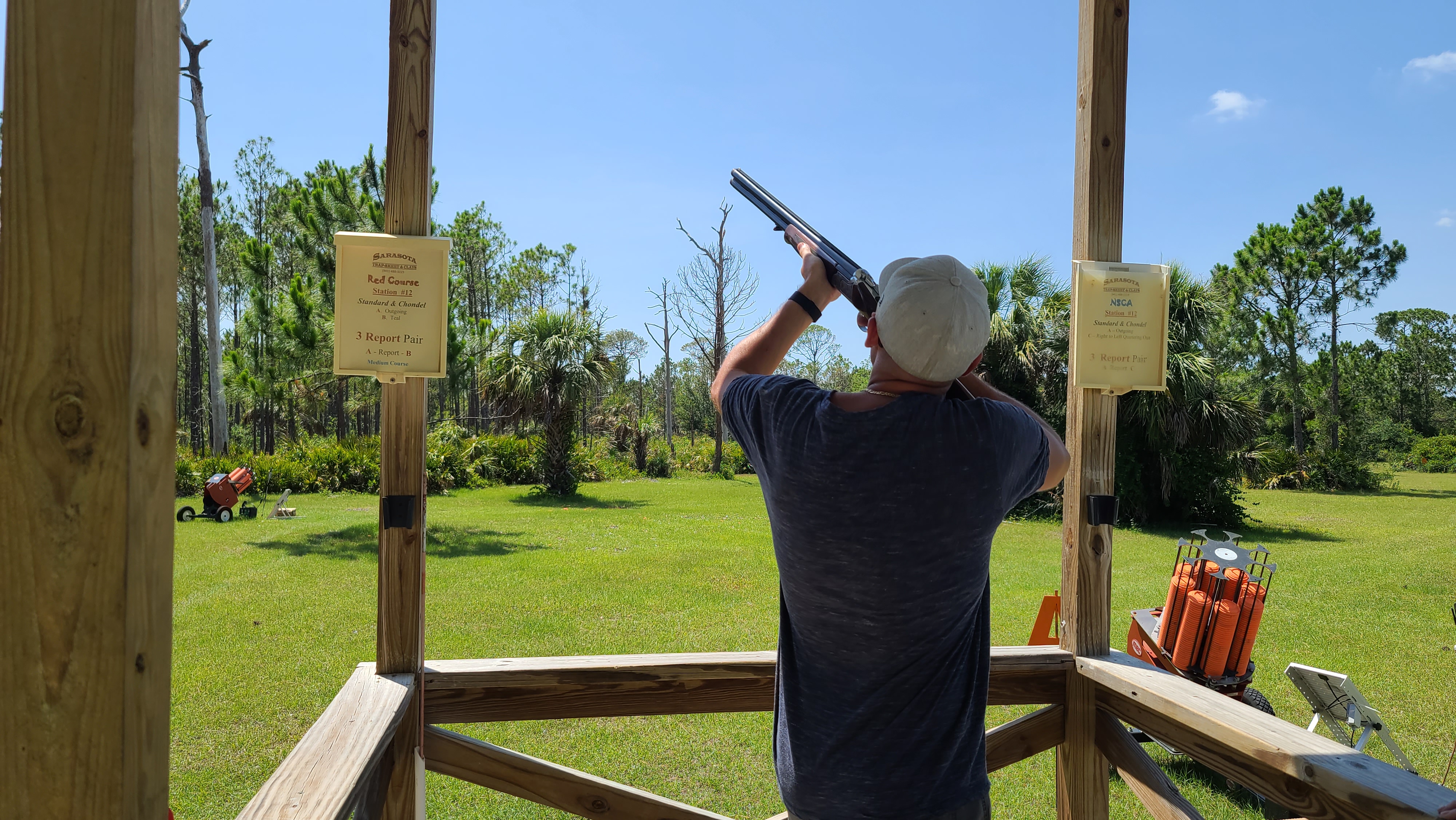

History and Origins
Sporting clays traces its roots back to British shooting schools where it was initially created to replicate live-quarry shooting with live pigeons. As the sport evolved, clay targets replaced live pigeons, allowing for a wide range of shooting challenges, including:
- Different trajectories
- Varying angles
- Varying speeds
- Different elevations
- Varying distances
- Different target sizes
These factors combine to create a challenging and dynamic shooting experience for participants.
This shift made sporting clays more accessible and appealing to a broader audience, contributing to its growth and popularity worldwide.
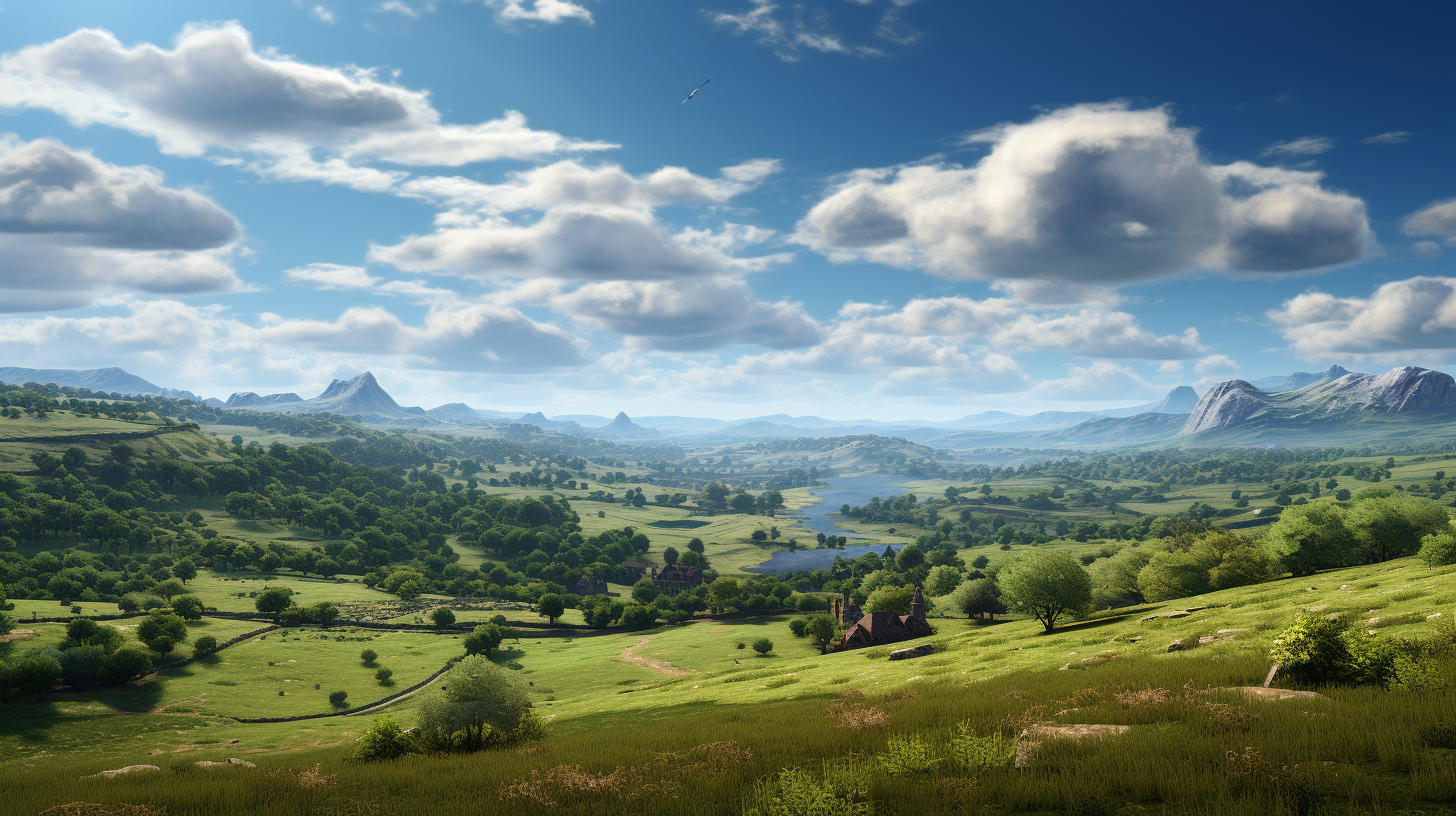

Growth and Popularity
Sporting clays made their debut in the United States on September 27, 1980, at Remington’s Lordship Gun Club in Connecticut. Since then, the sport has experienced tremendous growth in popularity, thanks in part to initiatives aimed at recruiting high school students and hosting national championships in various countries.
The sport’s diverse target presentations and varying levels of difficulty have made it an ideal activity for both beginners and experienced shooters. Its connection to hunting has also played a significant role in its popularity, as many hunters use sporting clays as a way to practice and sharpen their skills during the off-season.
Connection to Hunting
Sporting clays are designed to replicate hunting field game birds and rabbits, providing a challenging and enjoyable experience for shooters. The course designer plays a crucial role in creating realistic hunting scenarios by presenting sporting clay targets in various situations and terrain, such as flying ducks, running rabbits, or flushing pheasants. To shoot sporting clays, participants must navigate through these diverse setups, testing their skills and accuracy.
This connection to hunting has contributed to the sport’s appeal among hunters and shooting enthusiasts alike, who enjoy the challenge of adapting to diverse target presentations and conditions.
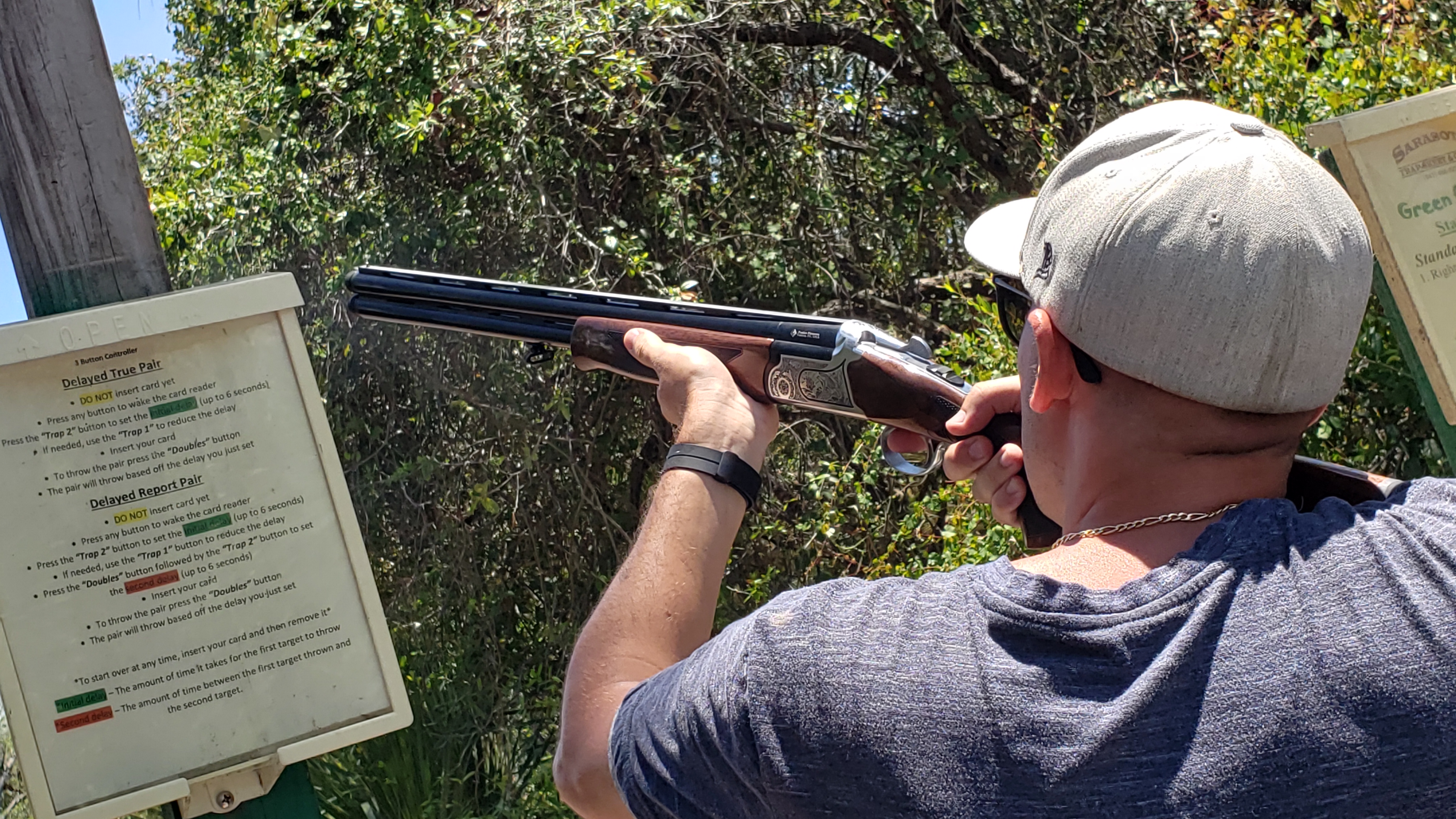

Essential Equipment for Sporting Clays Shooters
To participate in sporting clays, shooters must be equipped with a few essential items. First and foremost, a suitable shotgun, or a shooter’s gun, is necessary; most commonly, a 12-gauge shotgun is used. Ammunition in the No. 712 to No. 9 range is typically employed, with shot sizes larger than No. 712 usually prohibited.
Lastly, safety gear is a must, with ear and eye protection required for all participants on the course. With the proper equipment in hand, shooters can focus on honing their skills and enjoying the sport.
Shotguns
When it comes to shotguns for sporting clays, any shotgun that can accommodate two or more rounds is suitable. The most popular choice among serious competitors is the 12-gauge shotgun, as it provides a good balance of power and versatility.
Over/under shotguns are also a popular choice in the US due to their reliability and ease of use. Ultimately, the best shotgun for sporting clays will depend on the shooter’s personal preferences and comfort level.
Ammunition
Selecting the appropriate ammunition for sporting clays is crucial for both safety and performance. Generally, No. 712 to No. 9 shot is the most common type of ammunition used in the sport.
It’s important to note that shot sizes larger than No. 712 are usually prohibited for safety reasons. Be sure to check with your local club or range for any specific ammunition requirements before participating in a sporting clays event.
Safety Gear
Safety is paramount in any shooting sport, and sporting clays is no exception. All participants are required to wear ear and eye protection while on the course. This mandatory safety gear helps protect shooters from potential harm caused by loud noises and flying debris.
Investing in quality safety equipment not only ensures your well-being, but also allows you to focus on improving your skills and enjoying the sport.
Navigating a Sporting Clays Course
A typical sporting clays course consists of multiple shooting stations, each offering unique target presentations. These stations are strategically placed throughout the course, taking advantage of the natural terrain and simulating various hunting scenarios for a diverse and challenging experience.
To navigate the course successfully, understanding the layout, shooting stations, and target presentations is essential. The course designer plays a significant role in creating this experience, ensuring that each station offers a realistic and enjoyable challenge for shooters.
Shooting Stations
A shooting station is a designated area on a sporting clays course where targets are presented from a single trap or multiple traps. Each station offers a unique challenge, with varying angles, distances, and target presentations. A typical course includes 8-15 distinct shooting stations, providing a diverse and engaging experience for shooters of all skill levels during squad shoots.
It’s important to familiarize yourself with each station’s layout and target presentation to maximize your performance. Taking the time to understand the nuances of each station will help you become a better shooter.
Target Presentation
Target presentations in sporting clays are designed to test a shooter’s adaptability and skill. Each station presents targets in various ways, such as the second target in the sequence, which could be:
- Standard Target: This is the most basic and straightforward presentation. The clay pigeon is launched into the air from a predetermined location, typically flying in a straight or slightly curving trajectory. It mimics the flight of a bird or game flying away from the shooter.
- Rabbit Target: The rabbit target simulates a small game running along the ground. Instead of flying through the air, the clay is launched from a trap at a lower trajectory, bouncing and rolling across the ground, mimicking the movement of a rabbit or other ground-dwelling animal.
- Teal Target: Teal targets are designed to imitate the flight pattern of teal ducks, known for their fast and erratic movements. They are launched at a high trajectory, often with significant speed and random angles, making them challenging to hit.
- Battue Target: Battue targets are known for their extreme speed and sharp, unpredictable movements. They are generally launched with a high level of spin, causing them to fly in an erratic and tumbling manner. Battue targets can be particularly challenging to track and hit.
- Crosser Target: Crosser targets are launched perpendicular to the shooter's position, mimicking the flight of a bird or game crossing in front of them. They can vary in speed, height, and angle, creating a range of difficulty levels depending on the presentation.
- Overhead Target: As the name suggests, these targets are launched directly above the shooter, simulating birds or game flying directly overhead. The angle and speed of the clay pigeon can vary, providing a challenging and often visually intimidating presentation.
- Midi Target: Midi targets are smaller clay pigeons that are launched at varying speeds and angles. They are typically faster and more challenging to hit than standard-sized targets, requiring quick reflexes and precise aim.
- Quartering Target: Quartering targets imitate game or birds flying away at an angle from the shooter. They are launched diagonally away from the shooter, with variations in speed and height. The goal is to accurately lead the target and anticipate its trajectory to make a successful hit.
- Chondel Target: This target is launched high into the air with a significant amount of spin, resulting in a corkscrew-like flight path.
- Springing Teal Target: Similar to the teal target, but it is launched from a low trap and rises rapidly into the air.
- Tower Target: Launched from a tall tower, this target flies high and often has a long flight path, simulating birds flying at a great height.
- Driven Target: A challenging presentation where the clay pigeon is launched at high speed and low trajectory, simulating a bird or game being driven by beaters or dogs.
- Looping Target: This target is launched in a looping or arcing trajectory, requiring shooters to adjust their aim and timing.
- Zigzag Target: The clay pigeon is launched with alternating left and right angles, creating a zigzag flight pattern.
- Dropping Target: The clay pigeon is launched high into the air and then drops abruptly, simulating a bird or game losing altitude quickly.
- Double Target: Two targets are launched simultaneously, requiring shooters to quickly engage both targets.
- Flash Target: A target that is launched and then bursts into smaller pieces, creating multiple fragments for shooters to hit.
- Reverse Target: The clay pigeon is launched backward, towards the shooter, requiring quick reaction and reflexes.
- Outgoing Target: Similar to the standard target, but launched with increased speed and distance, mimicking game or birds rapidly flying away.
- Battue Simultaneous Pair: Two battue targets are launched simultaneously, each with its own trajectory, adding complexity to the shooting challenge.
This diverse range of target presentations replicates the movements of game birds, providing a challenging and enjoyable experience for shooters. With the inclusion of true pair presentations, even rabbits can be simulated, adding to the variety of shooting scenarios.
To excel in sporting clays, it’s essential to practice regularly and become familiar with the different target presentations and the techniques required to hit them successfully.
Role of the Course Designer
The course designer plays a crucial role in creating a realistic and enjoyable sporting clays experience. Their responsibilities include designing the layout of the course, establishing the shooting stations, and determining the target presentation. A skilled course designer will craft a challenging and entertaining course that tests the shooter’s abilities while ensuring the course is safe and the targets are presented in a realistic and challenging manner.
This attention to detail and expertise is what sets sporting clays apart from other shooting sports and keeps shooters coming back for more.
Rules and Etiquette for Shooting Sporting Clays
Understanding the basic rules, scoring system, and proper etiquette is essential for participating in sporting clays events. While safety is always the primary consideration, it’s also important to respect fellow shooters, adhere to the established scoring system, and follow the guidelines set forth by the National Sporting Clays Association (NSCA). By doing so, you’ll not only ensure a safe and enjoyable experience for yourself and others, but also contribute to the growth and success of this exciting sport.
Sporting clays is a fast-growing sport that offers a unique challenge to shooters.
Basic Rules
Some basic rules to follow while participating in sporting clays include:
- Never loading your shotgun until you are on station and it’s your turn to shoot
- Displaying an unloaded shotgun with the action open when not in use
- Maintaining muzzle control at all times
Additionally, it’s important to adhere to the specific rules and regulations set forth by the NSCA and any local clubs or ranges you may visit. Following these basic rules will help ensure a safe and enjoyable experience for all participants.
Scoring System
The scoring system in sporting clays is based on the number of targets hit, with each shooter taking turns at each station. A referee is responsible for determining whether any portion of the bird was struck by the shot and accordingly scoring the shots as either hits or misses. Scores are calculated at the end of the round, and the shooter with the highest score is declared the winner.
Understanding the scoring system is crucial for tracking your progress and competing in events and competitions.
Proper Etiquette
Proper etiquette in sporting clays involves:
- Being respectful to other shooters and range personnel
- Not talking or making noise while others are shooting
- Not advancing in front of another shooter
- Keeping the course clean by picking up spent shells and any other debris.
By following these guidelines and maintaining a positive attitude, you’ll contribute to a pleasant atmosphere and enjoyable experience for all participants. Remember, sporting clays is a social sport, and maintaining good etiquette is an important part of fostering camaraderie and sportsmanship.
Tips for New Shooters
For new shooters looking to improve their skills and enjoy the sport, it’s essential to learn the basics, practice regularly, and be patient with your progress. By focusing on techniques for success, avoiding common mistakes, and building confidence on the course, you’ll be well on your way to becoming a proficient sporting clays shooter.
Remember that even experienced shooters continue to learn and grow, so don’t be discouraged by setbacks and keep pushing forward.
Techniques for Success
To succeed in sporting clays, focus on mastering techniques such as proper gun mount, lead, and follow-through. Watch target presentations closely, practice regularly, and seek guidance from experienced shooters who can provide valuable insights and tips.
It’s also essential to develop a pre-shot routine and maintain a proper shooting stance, with feet shoulder-width apart, weight evenly distributed, and arms and shoulders relaxed. By honing these techniques, you’ll improve your accuracy and consistency on the course, especially when playing at standard distances.
Common Mistakes to Avoid
Some common mistakes to avoid while shooting sporting clays include:
- Rushing shots
- Having an improper gun fit
- Not wearing the necessary safety gear
- Jerking the trigger
- Not keeping your eyes on the target
These mistakes can lead to two shots being inaccurate when pointed downrange.
By being aware of these common pitfalls and working to correct them, you’ll be better positioned to excel in sporting clays and enjoy the sport to its fullest.
Building Confidence on the Course
Building confidence on the course involves practice, patience, and a positive attitude. Regular practice will help you become more comfortable with your equipment and techniques, while patience will allow you to learn from your mistakes and grow as a shooter. Maintaining a positive attitude is crucial, as it helps you stay motivated and focused on your goals.
Participating in events and competitions hosted by the National Sporting Clays Association (NSCA) can also help build confidence by providing opportunities to test your skills against other shooters in a competitive environment.
National Sporting Clays Association (NSCA)
The National Sporting Clays Association (NSCA) is a non-profit organization dedicated to promoting the sport of sporting clays and providing resources and support for its members. Through organizing events, competitions, and providing opportunities for involvement, the NSCA plays a significant role in the growth and success of sporting clays.
Whether you’re a new shooter or an experienced competitor, getting involved with the NSCA can help you connect with others who share your passion for the sport and provide opportunities to further develop your skills.
About the NSCA
The National Sporting Clays Association (NSCA) serves as the official governing and sanctioning body for sporting clays in the United States. Its mission is to develop the sport at all levels, providing resources and support for shooters, clubs, and ranges.
By joining the NSCA, you’ll gain access to valuable information, educational materials, and opportunities to participate in events and competitions. Becoming a member of the NSCA is an excellent way to support the sport and take advantage of the many resources available to enhance your shooting experience.
Events and Competitions
The NSCA organizes a wide range of events and competitions for its members, including national championships, regional events, and local club shoots. These events provide an excellent opportunity for shooters of all skill levels to test their abilities, learn from others, and enjoy the camaraderie of fellow sporting clays enthusiasts.
By participating in NSCA events and competitions, you’ll not only improve your skills, but also contribute to the growth and success of the sport.
Getting Involved
There are many ways to get involved with the NSCA and the sport of sporting clays. Joining a local club or range is an excellent way to meet fellow enthusiasts, practice your skills, and participate in events and competitions.
Volunteering at events or serving on a committee can also help you give back to the sport and contribute to its growth. By getting involved with the NSCA, you’ll not only enhance your own shooting experience, but also help support the sport and its continued development.
Summary
Sporting clays offers a challenging and enjoyable shooting experience that appeals to both beginners and experienced shooters alike. By understanding the fundamentals of the sport, investing in essential equipment, and practicing proper rules and etiquette, you’ll be well on your way to enjoying this thrilling sport. Don’t forget to seek guidance from experienced shooters, participate in events and competitions, and get involved with organizations like the NSCA to further develop your skills. So grab your shotgun, hit the course, and experience the excitement and challenge that sporting clays has to offer!
Frequently Asked Questions
Do sporting clays dissolve?
Champion clay pigeons are biodegradable, but they will not dissolve completely.
What is sporting clays competition?
Sporting clays is a shotgun sport that simulates actual field shooting, providing an experience close to hunting ducks, pheasants, upland birds, and rabbits.
What do they yell in skeet shooting?
Shooters typically call “ready”, grunt, or say “hup” when skeet shooting. Clay pigeons are released after the command “pull” is given, and there are usually eight stations at the site where shooters shoot from.
What is the most common type of shotgun used for sporting clays?
The 12-gauge shotgun is the most popular choice for sporting clays, favored by experienced and novice shooters alike.
What size shot should I use for sporting clays?
For sporting clays, No. 712 to No. 9 shot is the most commonly used. Sizes larger than No. 712 are usually not allowed.







